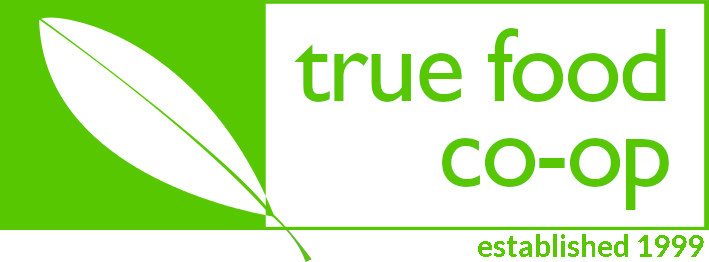By Diana Earnshaw
I hope you are well and have dodged the novel virus. Whilst we have been locked down, many people have been getting in touch with nature either in local woods and parkland or in gardens. This is beneficial for so many reasons and I am hoping that when we return to “normal”, it will be a new normal. I am seeing beautiful pictures of bugs, butterflies, landscapes, rivers, birds and more – all over social media as we rediscover nature and isn’t that wonderful!
I am no farmer and my knowledge is limited, but I want to share what I do know about regenerative farming, because I believe it is the only hope we have of rescuing our planet in the long term. Many organic farmers are adopting some of the principles, but there are differences between organic and regenerative methods.
Organic foods are grown to certain standards and we actively look for that word. We know that the food will have been produced sustainably, that animal welfare is paramount and that people working on these farms will be fairly treated. However, “sustainable” is only going part of the way – we need more if we are to make an effect on climate change, animal welfare and our food production.
On regenerative farms, they do not label their produce organic because these farms work with nature, so it is unnecessary. Pesticides, herbicides etc. are never used because it prevents biodiversity and kills the microbes and other underground dwellers in the very thing that is so vital to us – soil. Animals are only given drugs if they are sick. In order that illnesses are kept to a minimum and biodiversity is encouraged, the animals are moved from field to field to emulate the behaviours of ruminants and other animals in the wild. This is quite labour intensive and needs a huge amount of planning, especially if crops are grown on the same farm.
The farms aim to be a self-perpetuating micro-environment with everything benefitting everything else. The soil is protected for itself and its dwellers, so no ploughing or tilling is carried out. This also keeps carbon locked up in the soil. Ploughing and tilling are common practice in monoculture operations and release huge amounts of carbon into the atmosphere – as does industry, aviation and other transport as illustrated in the diagram below, from the excellent website – https://www.sacredcow.info/

In today’s world we are desperately trying to reverse climate change and this is one way that regenerative agriculture helps. Ruminants sequester carbon into the soil.
I think this short video will make regenerative farming clearer and I love the presentation!
https://www.youtube.com/watch?v=UoQWLK8-CYE


